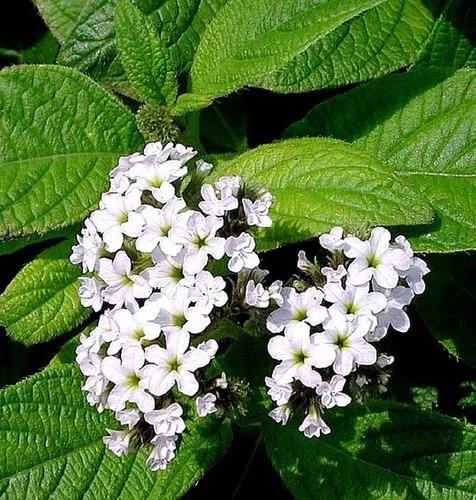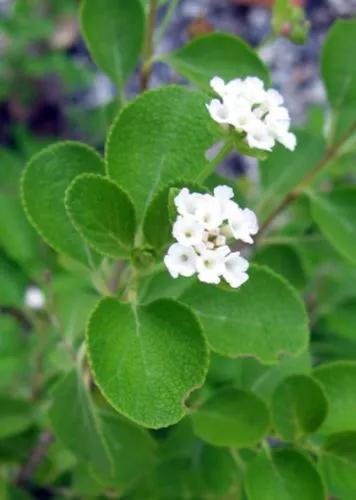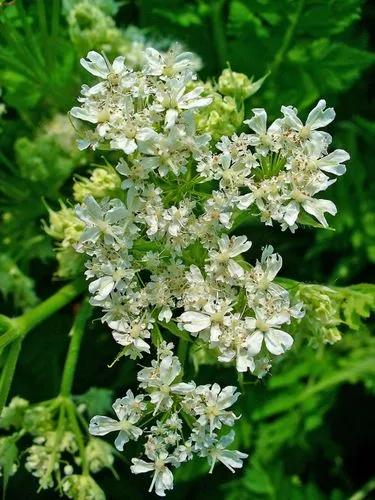Donkey Ears is an exciting and fun plant to have around your house. It is relatively easy to care for and adds a new dynamic to your home.
Donkey Ear plant Care
Kalanchoe gastonis bonnieri
Other names: Palm Beachbells, Kalanchoe Adolphi-engleri, Donkey Ear Succulent



Donkey Ears, or Palm Beachbells, can be identified by their broad, large green leaves resembling donkey ears. They tend to have dark markings along their leaves, and these green friends bloom tall, beautiful red flowers.These greenies come from the Crassulaceae family and originate on the African island of Madagascar.
How to Care for the Plant

Water

Only water once a week, and ensure all of its soil is dry before watering.

Pruning

Pruning is easy. All you will need to do is remove the damaged or dead leaves and stocks.

Fertilizer

Use a general water-soluble fertilizer once a month if you feel it is necessary, but these leafy greenies are happy with what they have and do not need fertilizing.

Sunlight

These greenies enjoy about 6 hours of direct sunlight a day, so don't worry about them getting sunburned.

Soil

Potting soil with sand and some rocks will make a home that your Donkey Ears will love.

Propagation

To propagate your Donkey Ears, do the following. Remove a part of a leaf. Please do not put it in water or plant it, but let it rest on top of some moist soil. Make sure the leaf and soil remain moist until the roots have grown. Do not water too much, as this may cause fungus.

Temperature

Even though Kalanchoe plants are quite resistant, it's best to keep the temperature above 50°F (10°C) and maintain these greenies indoors in winter. Make sure they are not exposed to heaters and drafts.

Container

Choose a well-draining container wide enough to support your leafy friend's root system. If the roots of your Kalanchoe can touch the sides, you'll need a bigger pot.

Fun fact

Donkey Ears are related to the Crassula ovata (Jade plant).

Popularity

818 people already have this plant 96 people have added this plant to their wishlists
Discover more plants with the list below
Popular articles






